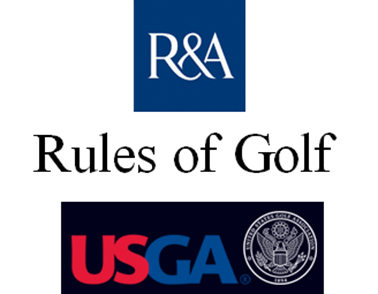The USGA and R&A recently announced the wording of the new rule which bans the anchored putting stroke. Specifically, putting in the accepted way with a belly putter will no longer be allowed, and any anchoring of the hands or forearms against the body in order to provide a single pivot point, or “anchor,” is also banned. This means Bernhard Langer, who putts with a long putter with his left hand anchored to his chin, will either have to find a new way to putt or retire.
It wasn’t too long ago that the USGA and R&A became convinced that there was a problem with modern iron grooves, saying they made the ball stop too quickly on the green out of the rough. They wanted there to be a tangible “penalty” for missing the fairway, so on January 1, 2010, new grooves specifications came into play for tour and other high-level golf.
How did that work out? Not so well. Tour players actually started hitting the ball CLOSER to the hole out of the rough! So, manufacturers had to re-tool their clubmaking machinery and many players had to buy new irons, all for a problem that turned out not to be a problem. We are now going down the same road with the anchored putting stroke.
The USGA and R&A admitted that this isn’t a performance issue, and that no evidence exists that putting with an anchored stroke is better score-wise. In their press conference and press releases, they said that they wanted to make sure a stroke consists of a free swing with the entire club, to get back to the essential nature of what constitutes a stroke. Do I believe this? No, I don’t. What this boils down to is that the R&A didn’t like the appearance of these types of putting strokes, and feared that they would become commonplace in the future, and they convinced (some say bullied) the USGA into going along.
If you look at the information the USGA and R&A put out, the rule is sure to create controversy because of the vagueness of whether someone is actually anchoring. I can just see it now: Is the player’s forearm really creating an anchor with the hand, or is the hand moving the club enough so no anchor exists? How do you decide that?
The new Rule won’t take effect until 2016, and the USGA and R&A are taking comments on it until February, so there’s time for the R&A and USGA to admit they made a mistake…but don’t count on it. When it comes to stubbornness, golf’s ruling bodies take a backseat to no one.
By Mark Harman, USGTF National Course Director
Copyright © 2023 United States Golf Teachers Federation, All Rights Reserved
200 S. Indian River Drive, Suite #206, Fort Pierce, FL 34950
772-88-USGTF or 772-595-6490 - www.usgtf.com
200 S. Indian River Drive, Suite #206, Fort Pierce, FL 34950
772-88-USGTF or 772-595-6490 - www.usgtf.com

